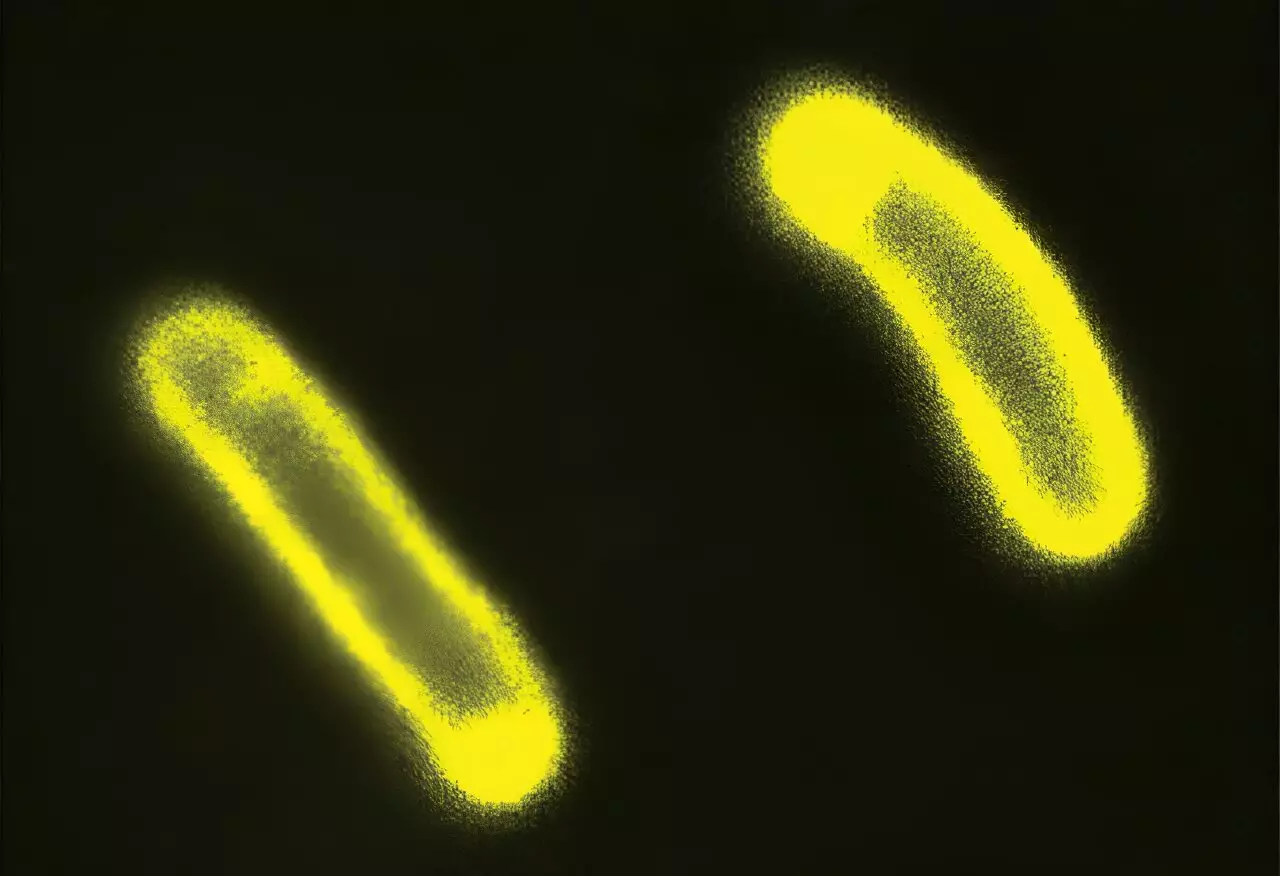Traditionally, the field of biological chemistry has concentrated predominantly on the fundamental elements of life’s intricate machinery. Research has primarily targeted protein folding, gene expression, and electrochemical signaling pathways in order to unravel the complex web of cellular functions and disease mechanisms. These aspects are often seen as the most straightforward occurrences in cellular biochemistry and have yielded critical insights into health and disease. However, emerging studies are illuminating an exciting and less understood domain: biological condensates. These structures, which resemble miniature oil droplets within cells, offer a fresh perspective and potentially transformative insights into cellular function and regulation.
Biological condensates form through variations in density, enabling them to compartmentalize within cells without the necessity of a membrane barrier. This characteristic makes them vital yet elusive players in cellular processes. Prior investigations into these phenomena have largely been confined to observing their local effects—how these blobs affect adjacent proteins and molecules. Nevertheless, a pivotal new study published in the prestigious journal Cell on September 10 has broadened our understanding as researchers reveal that condensates also exert far-reaching consequences on cellular activity beyond their immediate environments.
Researchers from Duke University and Washington University in St. Louis have made significant strides in elucidating how these seemingly simple structures could serve as powerful regulators of cellular dynamics. According to Lingchong You, the James L. Meriam Distinguished Professor of Biomedical Engineering at Duke University, these condensates revolutionize our understanding of cellular interactions with their environments. The research suggests that these structures create effects akin to a “wireless connection,” allowing cells to communicate and adapt far beyond the confines of the condensates’ physical space.
The study reveals that biological condensates may modulate cellular electrochemistry—a critical aspect that can influence a host of biological functions and responses. This affects how cells interact with their surroundings, which has vital implications for understanding antibiotic resistance, among other areas. Notably, researchers found that the formation of biological condensates could enhance a cell’s tolerance to certain antibiotics while increasing susceptibility to others. This unexpected duality suggests a nuanced regulatory role that warrants further exploration.
At the core of how biological condensates impact cellular function lies their ability to concentrate ions, proteins, and other biomolecules, creating localized environments with distinct charges. This establishes an electrostatic dynamic that influences the properties of the cellular membrane. Yifan Dai, an assistant professor and notable researcher associated with the study, elaborates on this phenomenon by explaining that even a small number of condensates, strategically distributed away from the cell membrane, can instigate widespread changes in cellular behavior.
By acting somewhat like sponges, these condensates absorb certain ions while excluding others, resulting in a balance—or imbalance—of charge that can markedly alter the cellular environment. Such variations in electrostatic potential are integral to a range of biological processes, from metabolic pathways to signal transduction and gene regulation. The implications are profound, as even minor fluctuations in these biological structures can lead to significant shifts in global cellular properties.
In their groundbreaking study, the researchers conducted experiments on E. coli bacteria to investigate the relationship between condensate formation and antibiotic susceptibility. By inducing stress or manipulating gene expression, they were able to prompt these bacteria to form internal condensates. The subsequent testing underscored a vital connection: the altered electrical charge of membranes influenced how the bacteria responded to antibiotics, opening a new frontier in understanding antibiotic resistance.
While these findings provide compelling evidence of biological condensates’ impact on cell biology, they also pave the way for further investigative endeavors. As many cellular processes are intertwined with the electric potential of the membrane, researchers envision a landscape rich with new possibilities for exploration. According to Ashutosh Chilkoti, another esteemed professor involved in the study, this research may represent merely “the tip of the iceberg” in understanding how condensates govern cellular physiology.
The uncovering of biological condensates and their substantial influence on cellular chemistry marks a paradigm shift in our understanding of life at the molecular level. These unassuming structures are far more than local cellular players; they appear to have a significant role in governing how cells navigate their environments, interact with external stimuli, and respond to treatment challenges like antibiotics. Ultimately, this research invites a reevaluation of established paradigms and will likely unlock new therapeutic strategies in biotechnology and medicine. The journey of discovery surrounding these mysterious blobs has just begun, and the potential implications are as vast as they are promising.


Leave a Reply